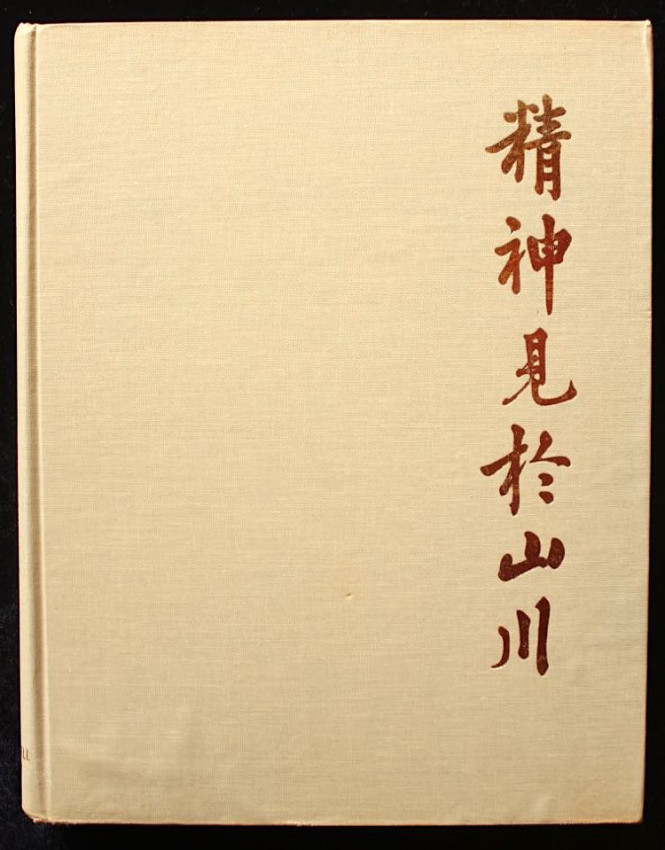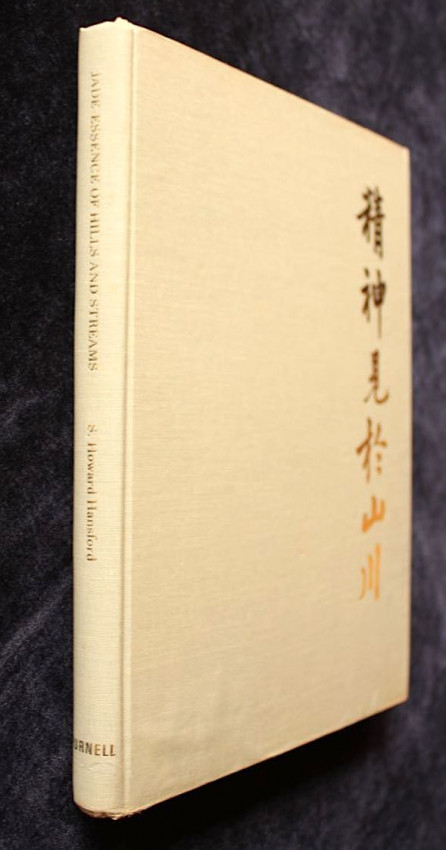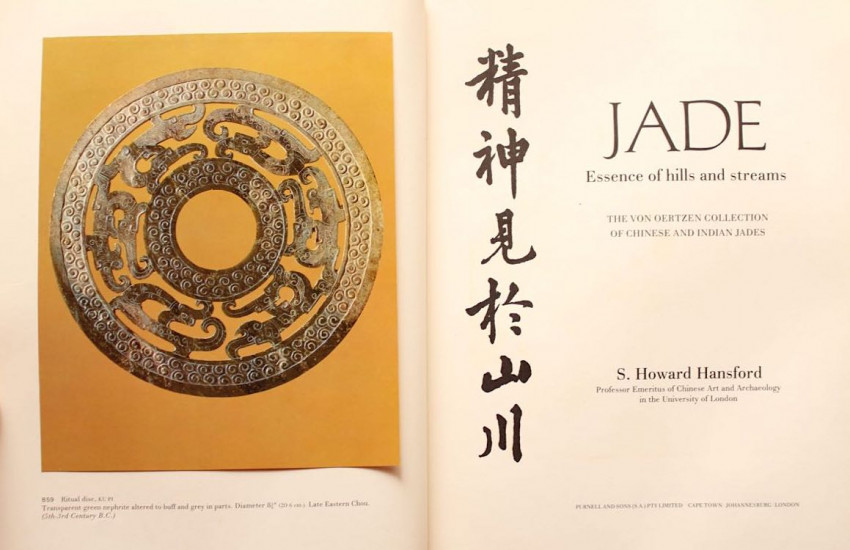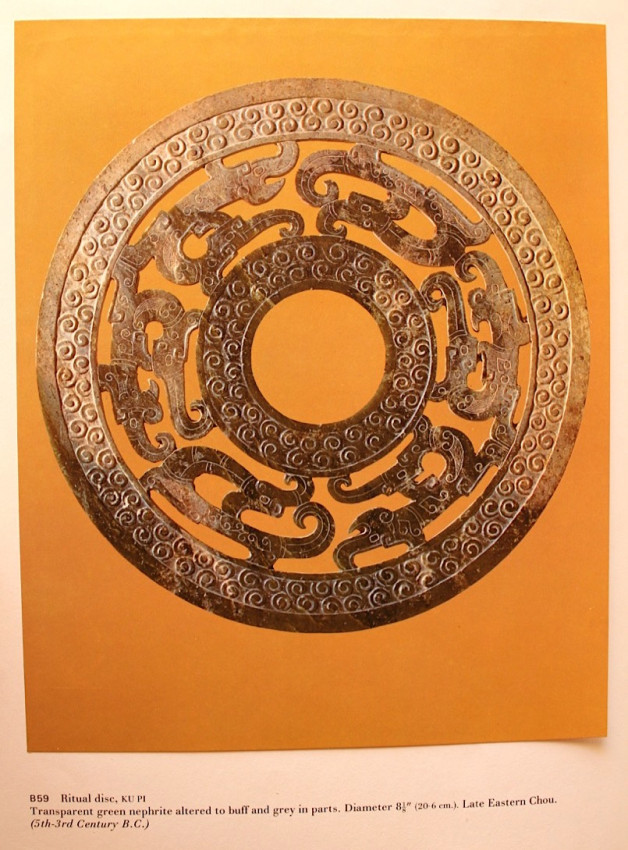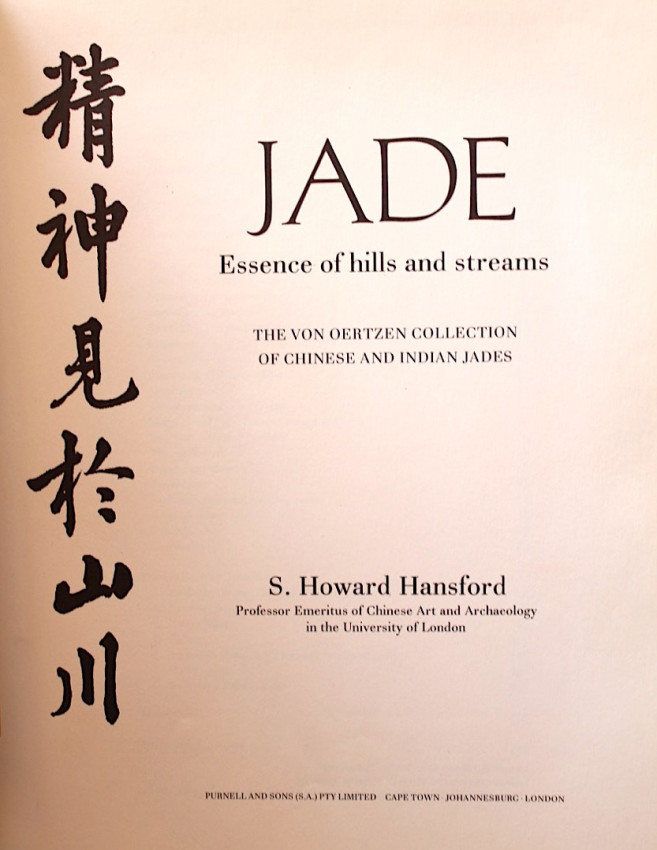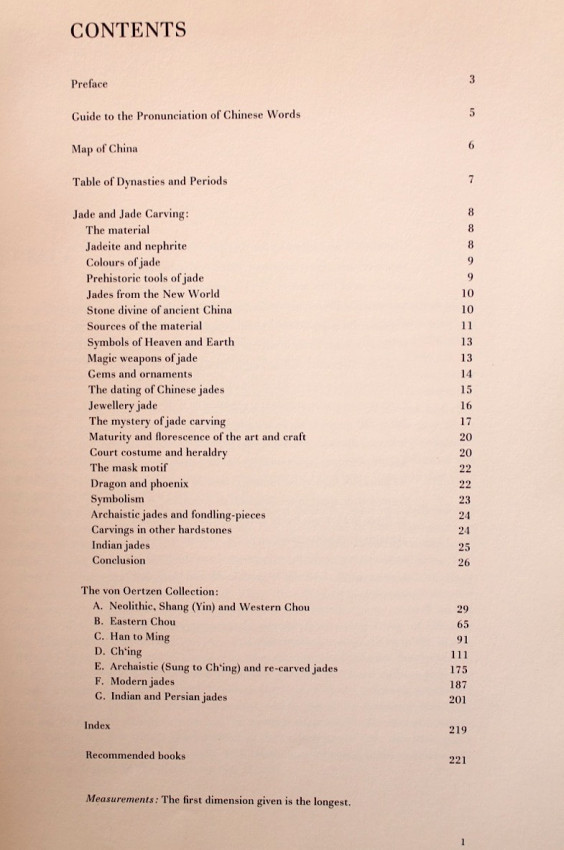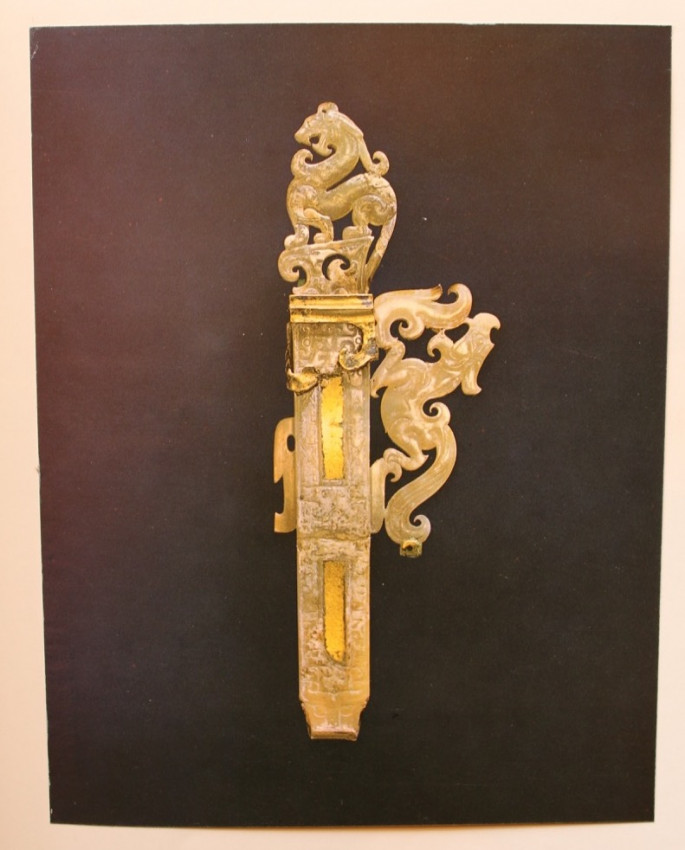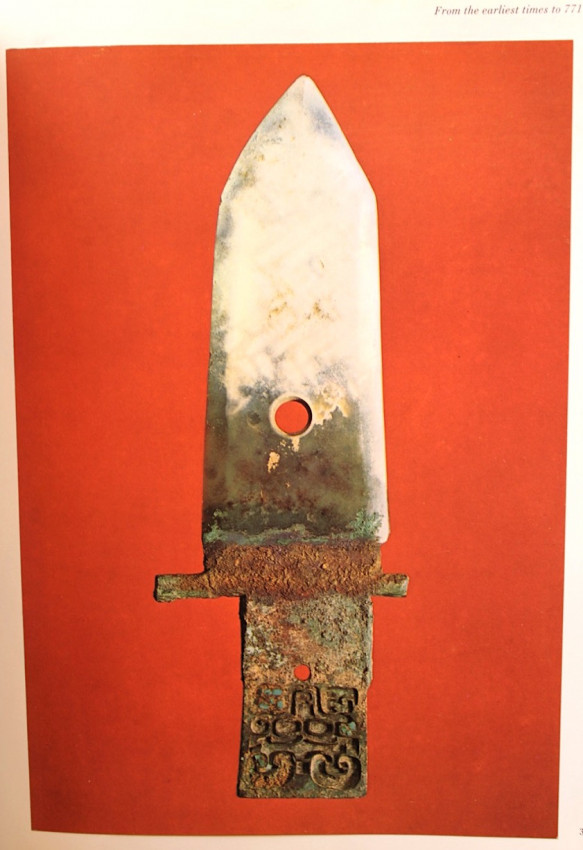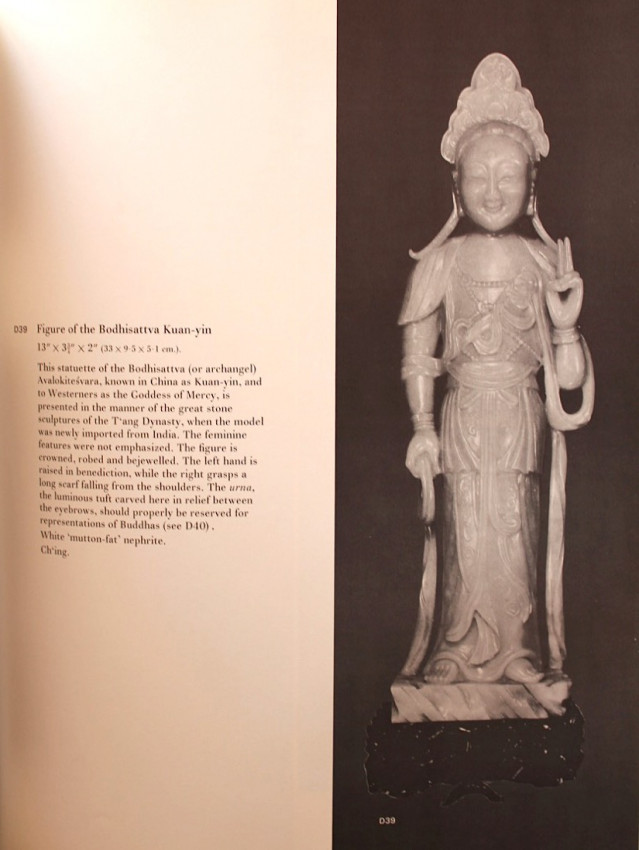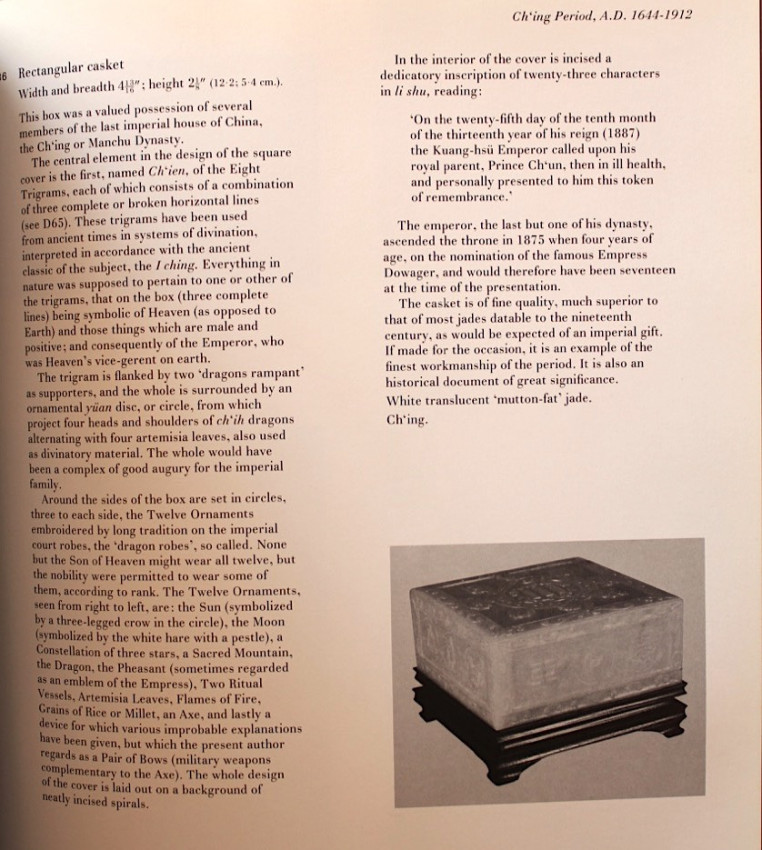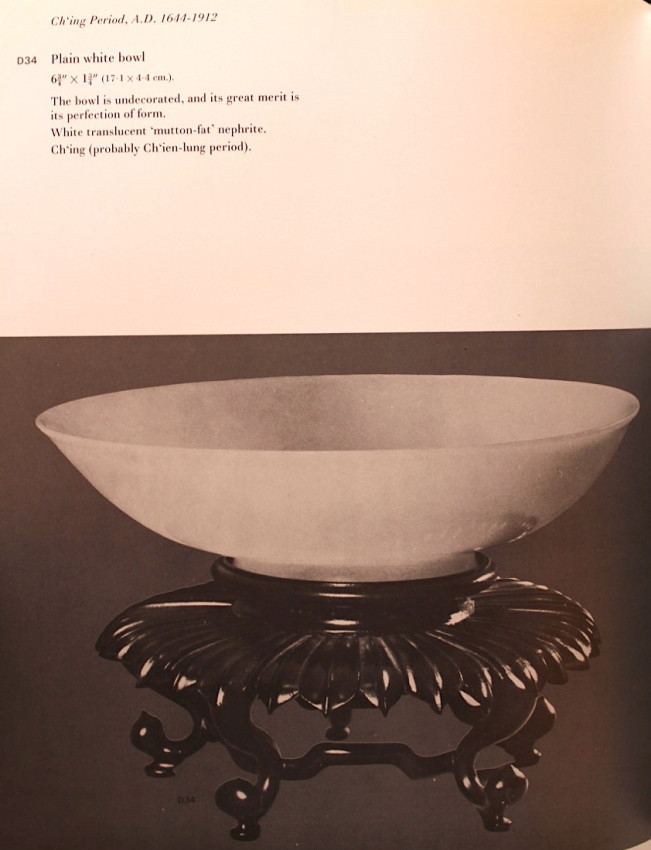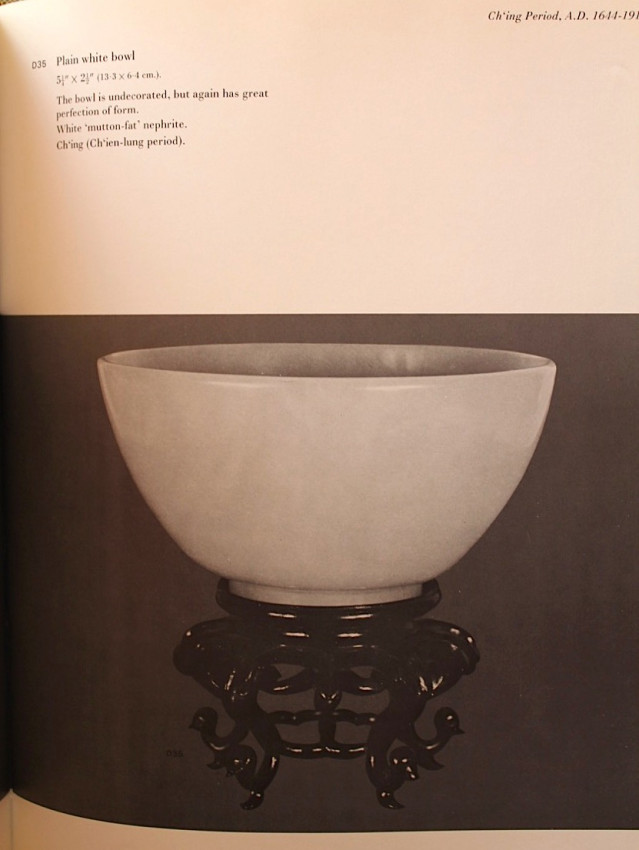Publisher's cream cloth binding with titles in gilt on front panel and spine.
220pp. Profusely illustrated with colour and black & white photographs. Contains a map of China showing archaeological sites and ancient capitals.
The legendary jade collection of Baron and Baroness von Oertzen, with pieces ranging from the earliest Chinese dynasties to the most recent.
This edition was limited to 1000 copies of which only 200 were available for sale. The original price was R21. Author and journalist Carel Birkby described it as, "a rare piece of Africana and a masterpiece by Hortors, who filmset it in Lumitype Bodoni and produced it by lithograph."
Baron von Oertzen was descended from one of the oldest north German families. He won the Iron Cross (First Class) and other knightly decorations during WWI. He was the co-founder of Auto Union, an amalgamation of four of Germany's largest automobile manufacturers (DKW, Horch, Wanderer, and Audi) and designed their famous four-ringed emblem, which is still used by Audi today. He achieved great success for setting up the German motor industry, both before and after WWII, in Africa, Australasia and Asia, and is considered the father of Volkswagen in these countries. In 1935 he and his wife Irene emigrated to South Africa. As an outdoors man, he realised what great utility a combination vehicle would have in South African daily life. Thus, he brought the first "Kombi" to South Africa in the early 1950's.
The Von Oertzen's real passion, however, was ancient Chinese jade artefacts. At some point during WWII, the Von Oertzen's were on business in Java. Unfortunately it was at that exact period when Germany invaded the Netherlands and the Baron, being a German citizen, ended up being arrested by the Dutch colonial authorities. He spent the rest of the war in India. The Baroness was evacuated on a Japanese ship but fortunately was sent to China (and not Japan). It is there where her love affair with China's rich and ancient art legacy began. At Peking she studied written and spoken Mandarin Chinese and was awarded diplomas in the language in Shanghai. One can imagine that, as a team, the Von Oertzen's were a dreaded adversary for any hopeful buyer at the world's auction houses, the Baroness, with her profound knowledge of Chinese history, and the Baron, with his thick wallet. Their magnificent collection was willed to the Johannesburg Art gallery.
The author, S. Howard Hansford, was a Professor Emeritus of Chinese Art and Archaeology. He fought on the opposite side to Baron von Oertzen in World War I, as an artillery officer in France and Belgium.
- Binding Condition: Very Good
- Size: 4to.
- Sold By: Rare Paper
- Contact Person: Armandt Marais
- Country: South Africa
- Email: [email protected]
- Telephone: 0741235861
- Preferred Payment Methods: EFT, Bank Deposit. For International Customers: Paypal with 6% surcharge, International Transfer
- Trade Associations: A. A. Approved


